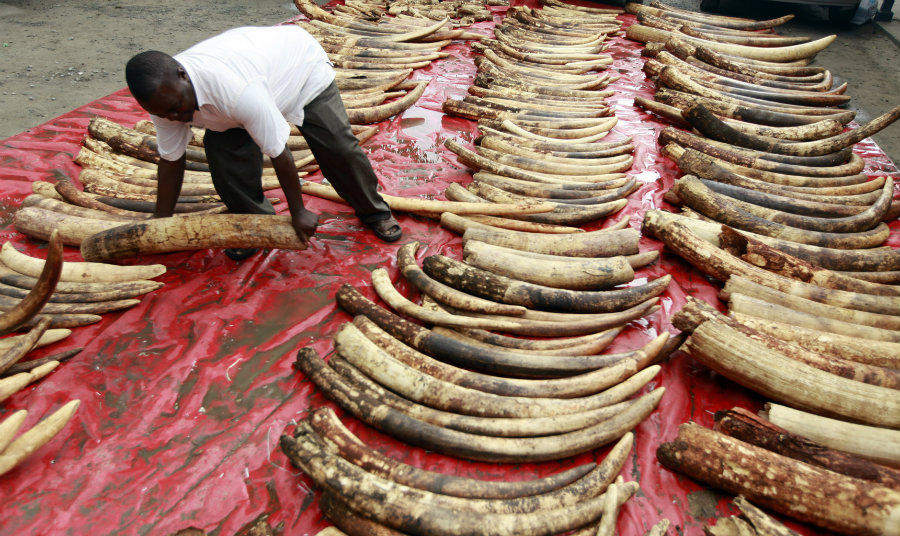South Africa, Namibia, and Zimbabwe are the three countries to lead the talks at the Convention on International Trade in Endangered Species (CITES) to allow for the international sale of ivory.
These southern African countries argue that they should be able to sell their ivory stock, while also acknowledging that their endogenous wildlife must be protected.


Namibian Iningirua Musaso stated that villages have to survive without water as they are unable to approach water points due to them being sited by elephants all day.
Namibia has around 20,000 elephants, South Africa 27,000, and Zimbabwe about 82,000. These countries argue that they should be able to profit from their ivory reserves as they should not be under the same jurisdiction as other African countries with scarcer elephant populations.
The debate on ivory consumption
CITES will be attended by 183 countries, where 30 have already expressed their rejection of the proposals by the three southern African countries. The convention has allowed past transactions of ivory, as 102 tons of ivory were sold to China and Japan in 2009, raising over $15 million to promote elephant conservation.
Not only elephants are in danger, as rhinos and lions are also pretty much on the path to extinction. In average, 9 out of every ten lions have been killed from sports hunting, and over 1,000 rhinos were murdered for poaching in 2014. Countries, where poaching has become endemic, have ceased releasing statistics to assure that the criminal activity is being dealt with efficiently.
Some nations argue that they can raise rhinos for farming, supporting the claim that they should be able to exploit their wildlife as they see fit. The only uses for rhino horns are grinding medicine powder (which has no effect whatsoever) and for crafting luxury items. The largest market for both elephant ivory and rhino horns is China, which aims to close down its internal ivory market eventually
The cost of a rhino horn in Vietnam’s black market is over $45,000 per pound, making it more expensive than gold and cocaine, thus slowly inciting poachers to continue their trade as it is highly profitable even if the poachers themselves only get about a tenth of the sale price. Elephant ivory, on the other hand, costs around $1,000 per pound.
Elephant ivory has been a product of export for over 1,000 years. In the 14th century, it was often crafted into piano keys and items of luxury. Ivory trade reached its inflection point in the 19th century, where 1,000 tons of ivory arrived in Europe during the colonization of Africa.
At first poachers and traders argued that the reduction in elephant populations was due to habitat loss, but ivory sales managed to fund the purchase of arms and boost corruption on African countries. The ban on ivory trade was established on 1989 after CITES debate, as its primary sponsor was Zimbabwe, arguing that there had to be a non-lethal use of wildlife that could be deemed as profitable.
Source: AP
